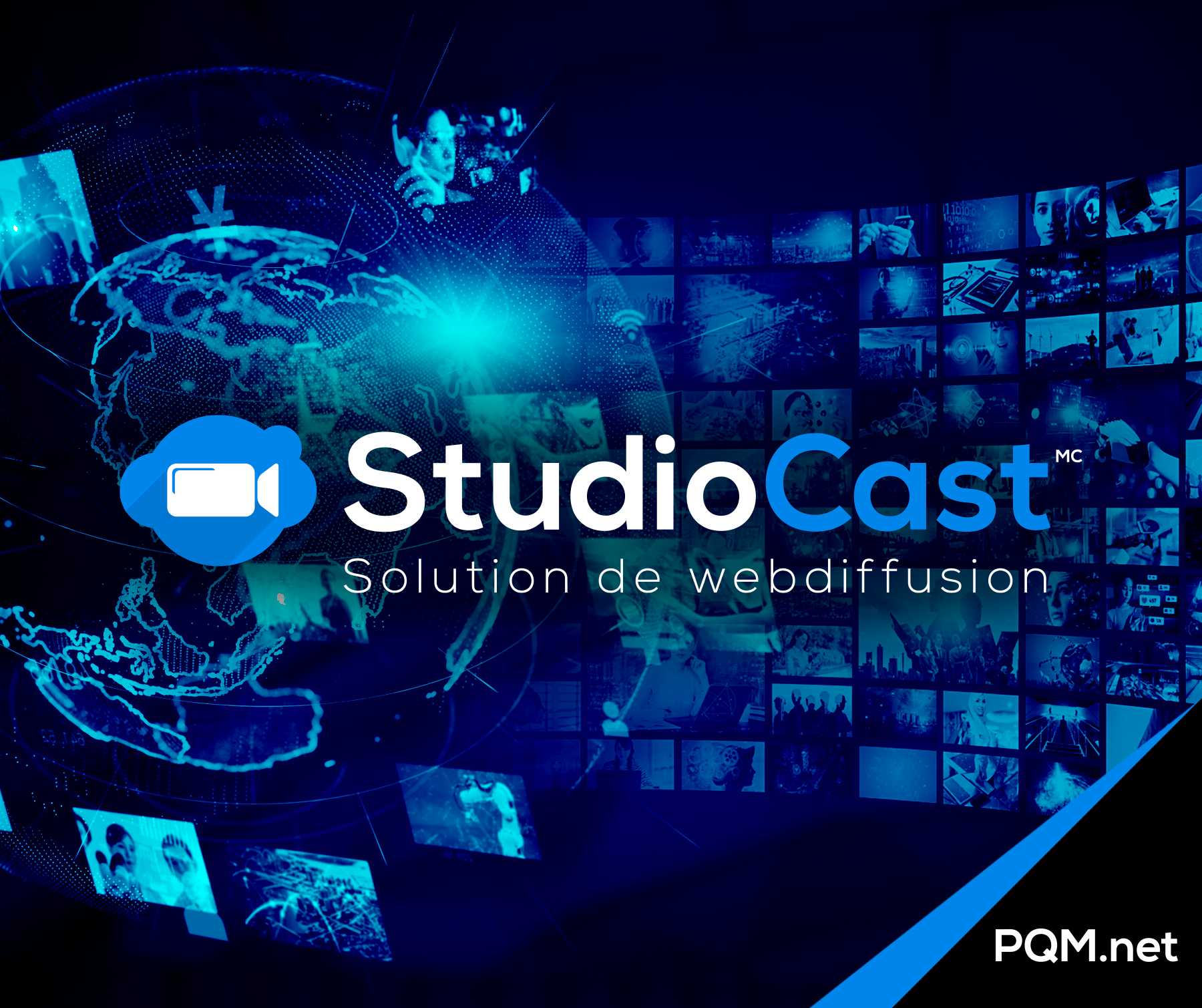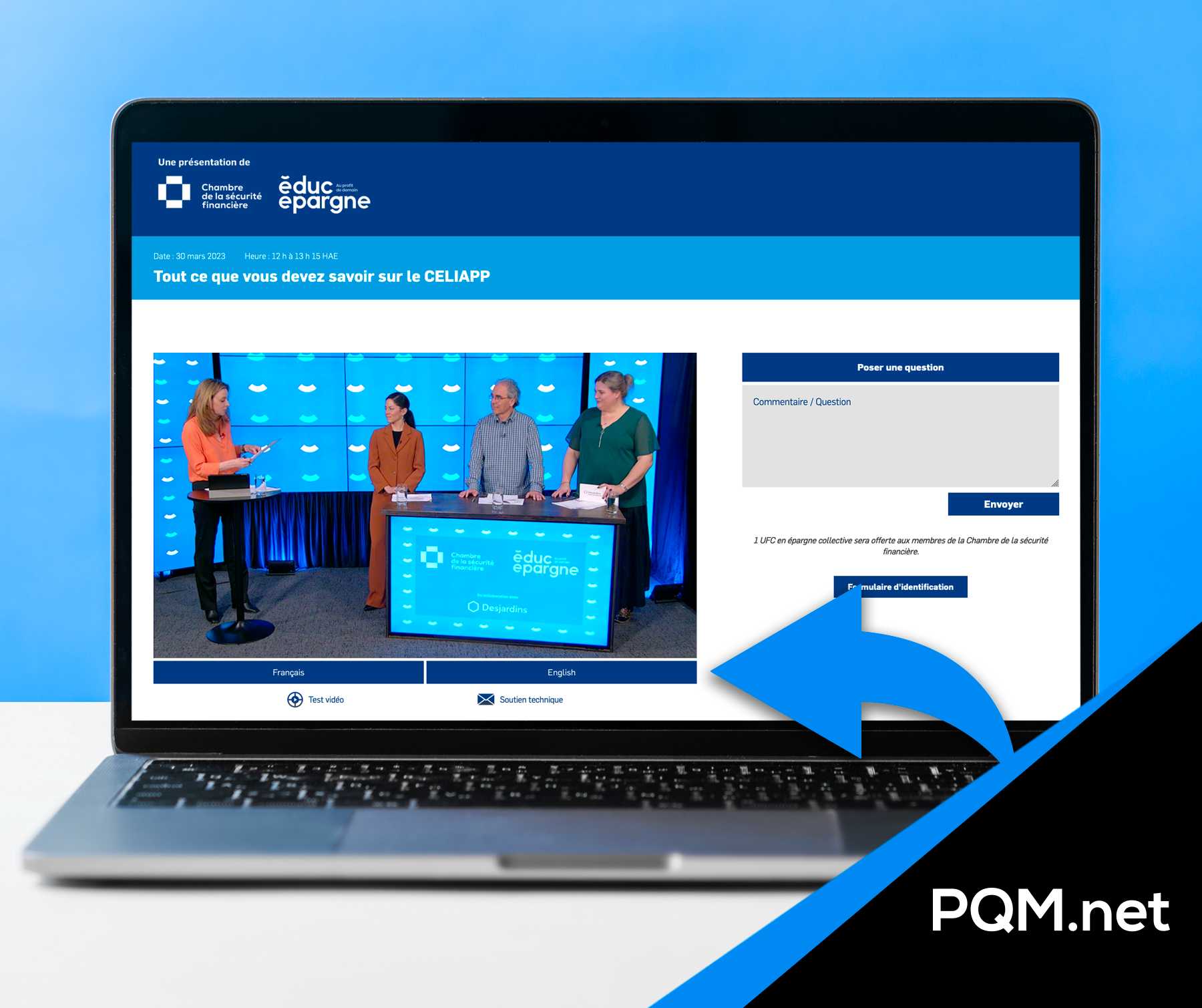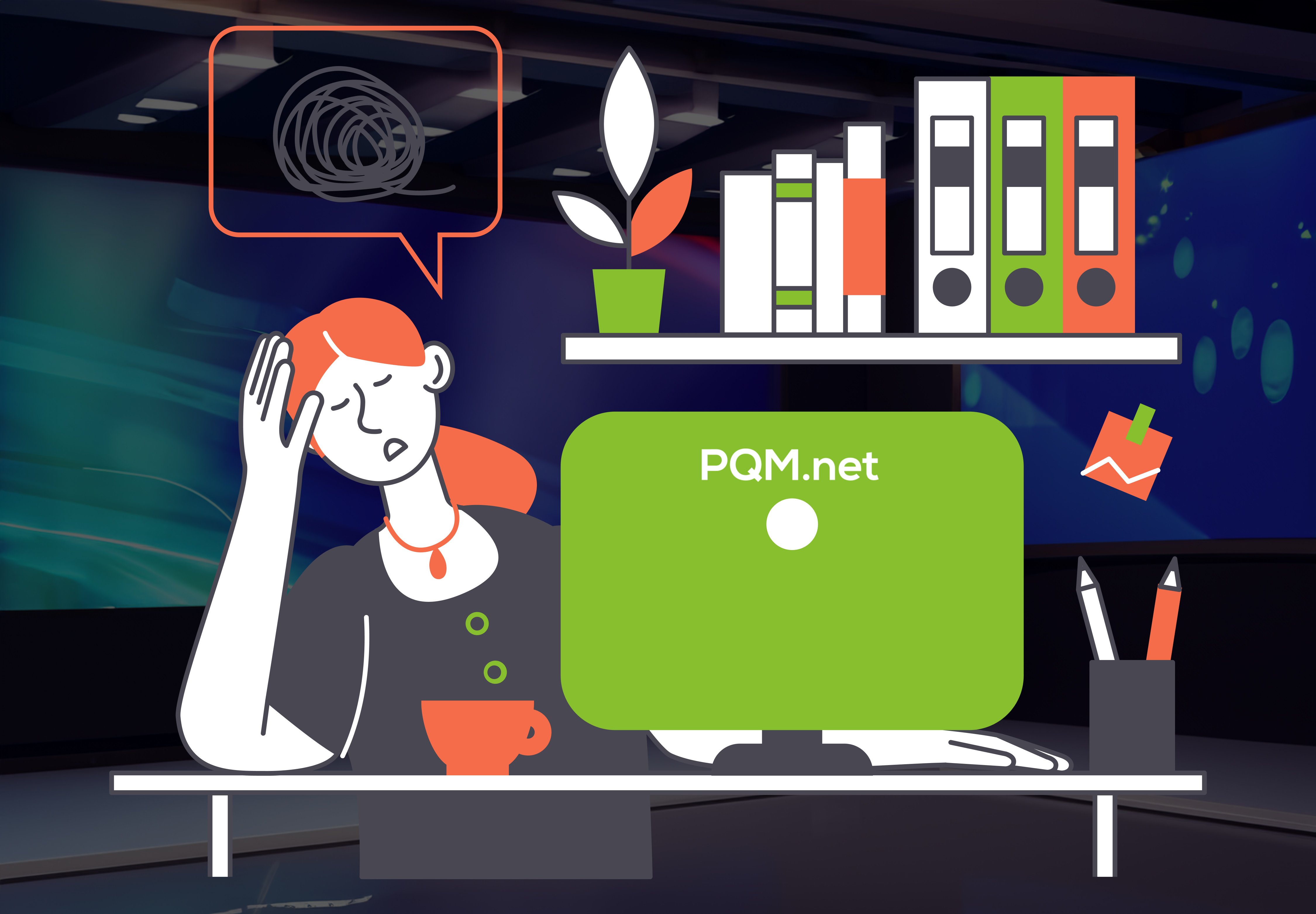Unlocking the Game-Changing Benefits of BI for Webcasting
Integrating BI into your webcasting strategy offers a myriad of game-changing benefits:
Improved audience targeting: Granular attendee profiling through demographic, interest and behaviour data allows precisely tailored messaging and content per segment leading to a higher resonance.
For example, creating separate webinar variants for customers vs prospects.
Data-driven content optimization: Identify high/low-performing content types/topics, engagement analysis by segment, drop-off rates and more to create dynamic content that resonates.
Optimized spend: Allocate budget and resources to best-performing platforms, channels, formats etc for your audience. Eliminate waste.
Personalized experiences: Leverage engagement data and archetypes to craft tailored journeys – the right content, interactivity, and calls to action per persona.
Ongoing improvement: Continuously refine strategy and content based on analysis of rich post-event data on tickets sold, actual participation, engagement metrics, pipeline value and revenue impact.
StudioCast is an Essential BI Tools for Webcasting Success

To effectively leverage BI for webcasting, you'll need a robust toolkit of BI solutions, like our platform StudioCast and a solid grasp of the critical metrics to track:
Essential BI Tools
- Analytics (e.g. Google Analytics, Adobe Analytics): For detailed data collection, reporting, analysis
- Data visualization: Power BI, Tableau, Qlik – interactive dashboards and insights
- CRM (Salesforce, Hubspot, Marketo etc): Manage customer data and webcast performance metrics
- Marketing automation: Targeted campaigns, lead management integrations
- Audience engagement (SPH Data): Polls, surveys, Q&A engagement tracking
- A/B testing: Test event variants to identify optimal formats
Key Webcast Metrics
Pre-event
- Website visitors, downloads, email click-through rates
- Registration rates over time
- Registration source analysis
- Audience segment sizing
During live event
- Attendance rates, drop-off rates over time
- Engagement metrics - poll responses, questions asked
- Attendee firmographics/demographics
Post-event
- Satisfaction scores (NPS), qualitative feedback
- Lead generation and pipeline value
- Actual revenue impact and ROI
When selecting a primary webcasting platform, review how easily it integrates with analytics, CRM, marketing and sales tools to streamline data flows.
Hey! StudioCast does all that!
Best Practices for Integrating BI into Webcasting
To maximize your webcasting success, here are 5 prime ways to effectively integrate business intelligence:
Audience-Centric Strategy
Use data and insights on viewership preferences, content resonance and engagement to guide strategy, planning and decision-making. Create audience-centric experiences that delight.
Omni-Channel Promotions
Map the customer journey to identify touchpoints. Promote via the highest traction channels - email, social, PPC ads, and retargeting. Track channel efficacy to double down on what works.
Iterative Content Improvement
Evolve content over time based on performance data. Drop stale content, and refine strong content. Maintain a test-and-learn approach to continually optimize.
Inside-Out + Outside-In Feedback Analysis
Blend quantitative engagement data with qualitative participant feedback for comprehensive insights. Overlay executive perspectives and market trends.
Embedded Continuous Improvement
Use feedback loops across promotion channels, event analytics, surveys, pipeline performance and revenue impact data to continually refine and enhance performance.
By integrating these core disciplines, you can fully leverage BI to boost audience, engagement, leads and revenue for your webcasting initiatives on an ongoing basis.
The Future of BI for Webcasting: Emerging Trends

Exciting innovations in AI/ML, predictive analytics, augmented reality and more will shape the future of business intelligence for webcasting:
AI/ML Powered Recommendations
By analyzing audience signals, AI can provide super accurate real-time recommendations to enhance engagement and conversion during events.
Smart Content Tagging & Recommendations
Auto content tagging, catalogue creation and matching user profiles to content assets will result in hyper-personalized recommendations driving retention and satisfaction.
Predictive Lead Scoring
Sophisticated models can predict an individual’s propensity to convert based on thousands of data points for focused sales enablement.
Augmented Reality
AR can transform passive viewers into active participants for maximum impact and recall. Imagine interactive 3D displays and gamification metaverse events.
Integrated System of Insights
Automated no-code workflows to move data from webcast platforms to analytics, CRM, and downstream martech systems will enable unified insights.
The key to future success is a truly unified view of the audience, their engagement and downstream behaviours powered by automated intelligence.
Conclusion
In today's increasingly competitive virtual event landscape, embracing business intelligence in webcasting is crucial for delivering outstanding experiences that convert.
By skillfully combining rich data, powerful analytics, and human creativity, organizations can craft personalized journeys that excite target audiences.
Those who leverage data to understand audience motivations and leverage technology to simulate real-world interactions will dominate engagement and revenue metrics over the long term.
With the innovations in augmented intelligence and predictive analytics, we are entering a golden age for data-driven webcasting excellence.
Lead your market by integrating an audience-centric business intelligence practice in your webcasts today.





